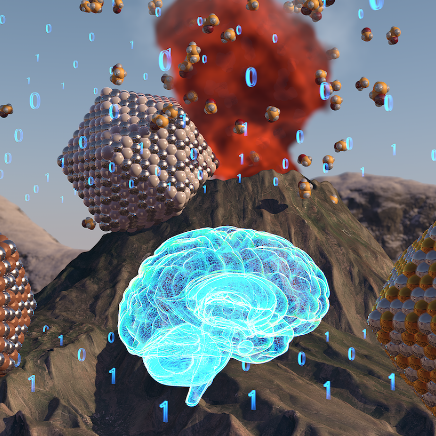Welcome to the
Sutton Lab
-
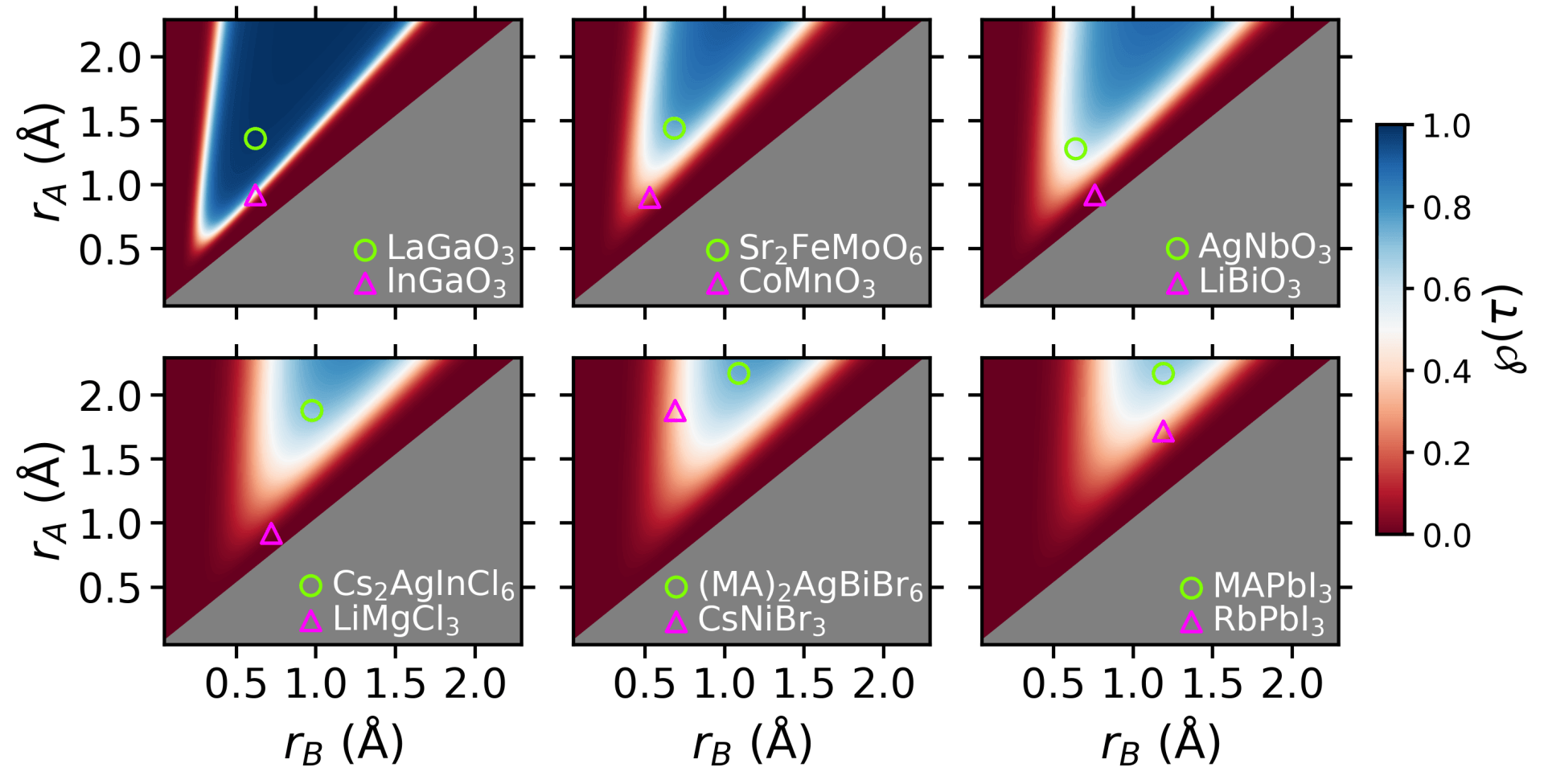
New Tolerance Factor to Predict the Stability of Perovskite Oxides and Halides
Button -

Noncovalent intermolecular interactions in organic electronic materials: implications for the molecular packing vs electronic properties of acenes
Button -
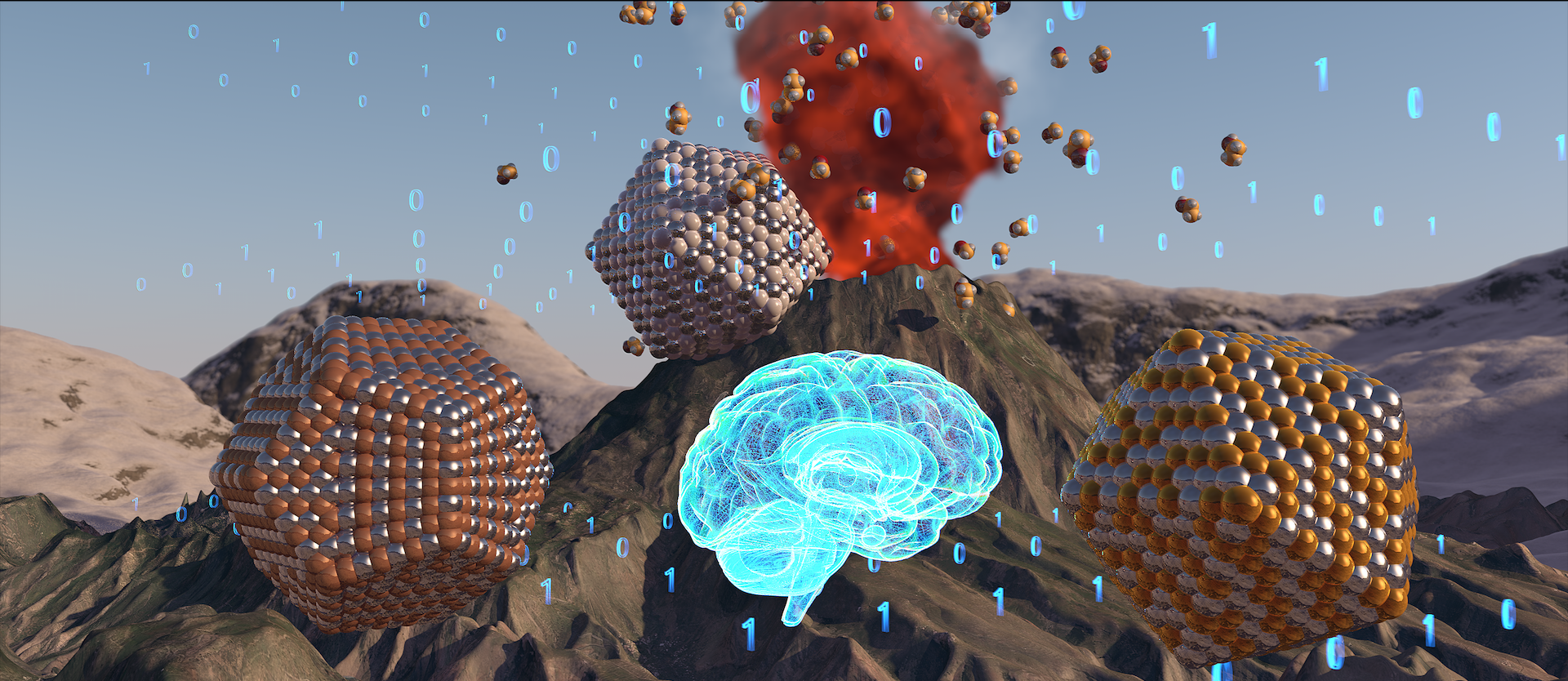
Machine learning for heterogeneous catalyst design and discovery
Button -
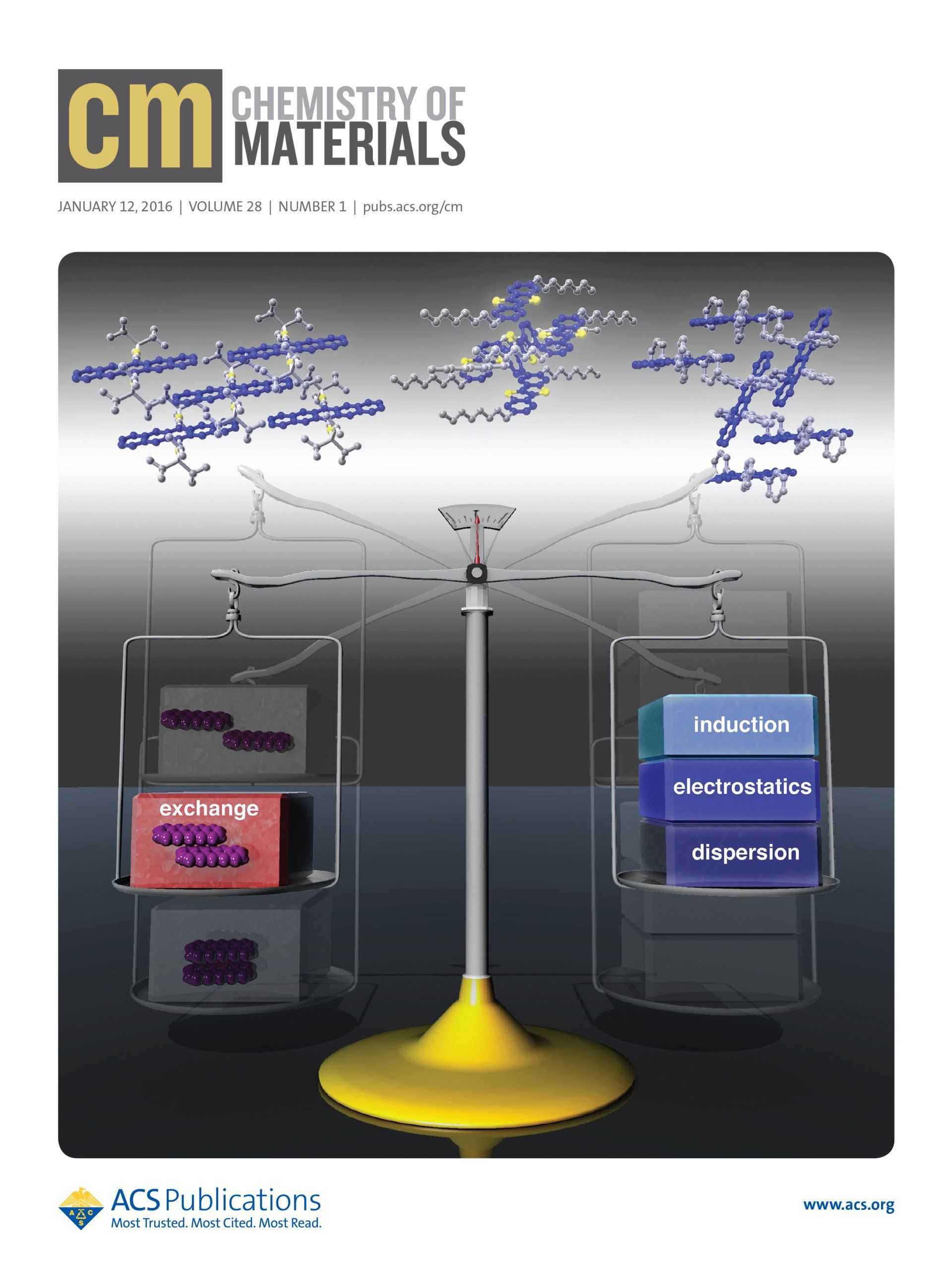
Slide title
Write your caption hereButton 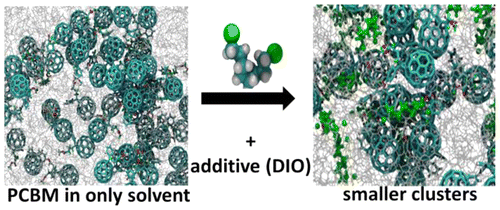
Slide title
Write your caption hereButton
Slide title
Write your caption hereButton
Welcome to the
Sutton Lab

Slide title
Write your caption hereButton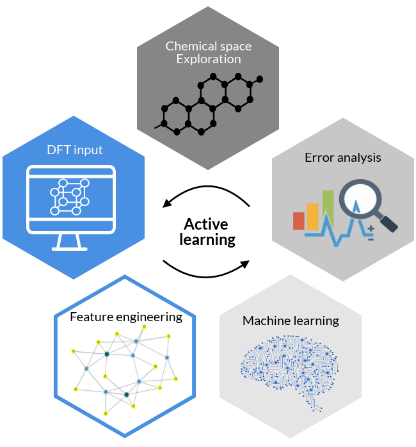
Slide title
Write your caption hereButton
Slide title
Write your caption hereButton
Slide title
Write your caption hereButton
Slide title
Write your caption hereButton-
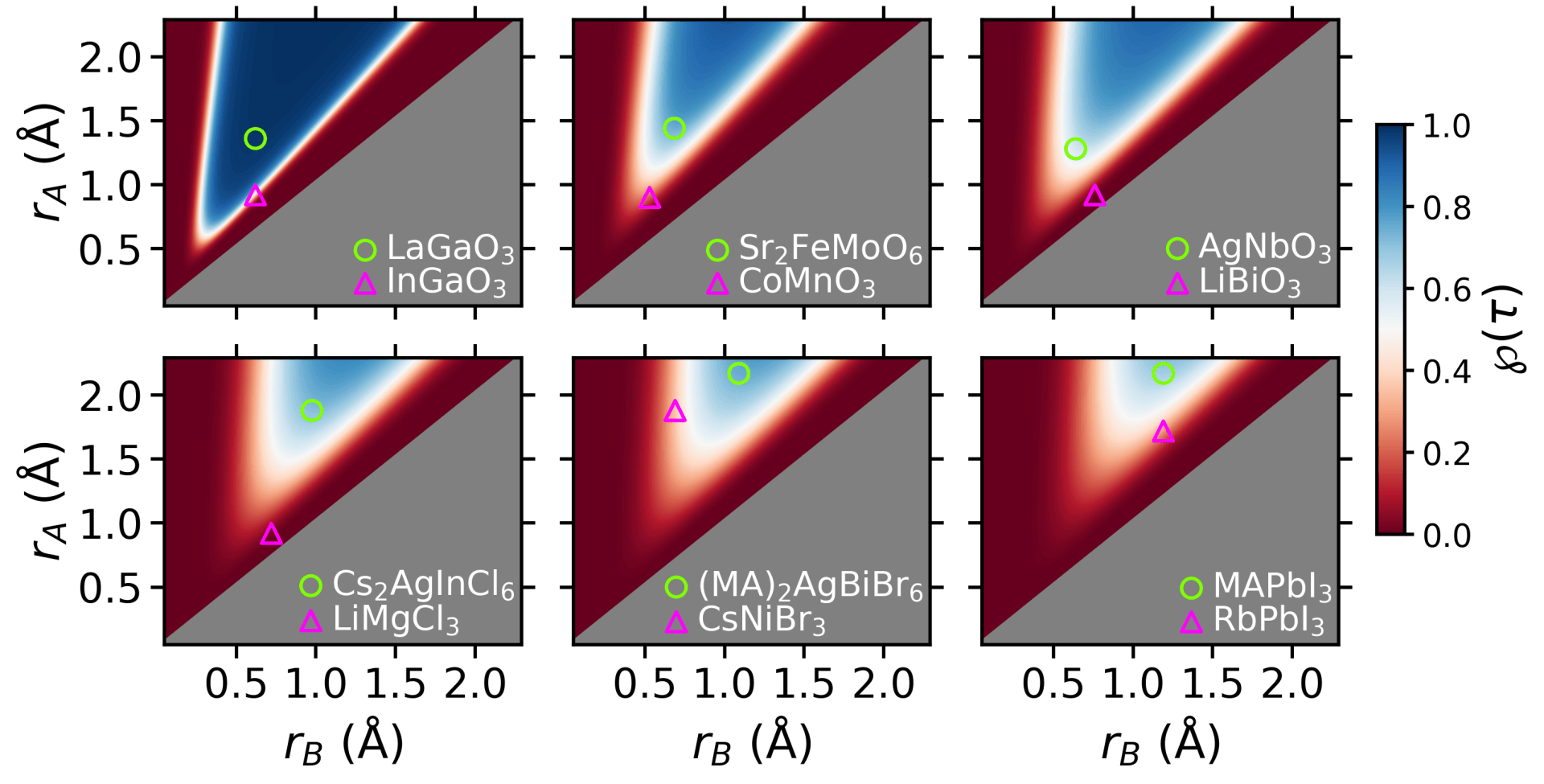
New Tolerance Factor to Predict the Stability of Perovskite Oxides and Halides
Button 
Slide title
-
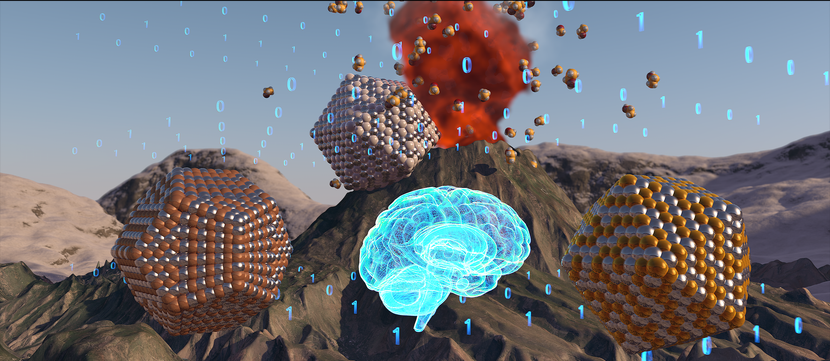
Machine learning for heterogeneous catalyst design and discovery
Button -

Slide title
Write your caption hereButton 
Slide title

Slide title
Write your caption hereButton
Machine
Learning Methods
Learning Methods
Machine learning to predict quantum mechanical properties of atomistic systems (e.g., energy, bandgap, density, etc)
Computational Materials Discovery
High-throughput methods and statistical learning methods for the computational screening of new materials
Machine Learning
Machine learning to predict quantum mechanical properties of atomistic systems (e.g., energy, bandgap, density, etc)
Computational Materials Discovery
High-throughput methods and statistical learning methods for the computational screening of new materials
Latest News from the Sutton Lab
Descriptors of materials properties to uncover functionality
We used a novel data analytics approach called SISSO (sure independence screening and sparsifying operator), to derive a new tolerance factor to predict the stability of perovskites.
Read here
New Tolerance Factor to Predict the Stability of Perovskite Oxides and Halides
ButtonDescriptors of materials properties to uncover functionality
We used a novel data analytics approach called SISSO (sure independence screening and sparsifying operator), to derive a new tolerance factor to predict the stability of perovskites.
Read more
New Tolerance Factor to Predict the Stability of Perovskite Oxides and Halides
ButtonDescriptors of materials properties to uncover functionality
We used a novel data analytics approach called SISSO (sure independence screening and sparsifying operator), to derive a new tolerance factor to predict the stability of perovskites
Read here
New Tolerance Factor to Predict the Stability of Perovskite Oxides and Halides
ButtonNoncovalent intermolecular interactions in organic electronic materials: implications for the molecular packing vs electronic properties of acenes
Noncovalent intermolecular interactions can be tuned through the toolbox of synthetic chemistry and determine not only the molecular packing but also the resulting electronic, optical, and mechanical properties of materials derived from π-conjugated molecules, oligomers, and polymers.
Read here
View more
Noncovalent intermolecular interactions in organic electronic materials: implications for the molecular packing vs electronic properties of acenes
Noncovalent intermolecular interactions can be tuned through the toolbox of synthetic chemistry and determine not only the molecular packing but also the resulting electronic, optical, and mechanical properties of materials derived from π-conjugated molecules, oligomers, and polymers.
Read more
Noncovalent intermolecular interactions in organic electronic materials: implications for the molecular packing vs electronic properties of acenes
Noncovalent intermolecular interactions can be tuned through the toolbox of synthetic chemistry and determine not only the molecular packing but also the resulting electronic, optical, and mechanical properties of materials derived from
Read here
π-conjugated molecules, oligomers, and polymers.
View more
Identifying Domains of Applicability of MachineLearning Models of Materials
A critical obstacle for this effort is that the complex choices involved in designing an ML model are currently made based on the overly simplistic metric of the average model error. This motivated the development of a new procedure that allows for opening the black box of ML models by identifying where and why ML models perform accurately, which we label as the domain of applicability (DA) of ML models.
Read here
Identifying Domains of Applicability of Machine Learning Models for Materials Science
A critical obstacle for this effort is that the complex choices involved in designing an ML model are currently made based on the overly simplistic metric of the average model error. This motivated the development of a new procedure that allows for opening the black box of ML models by identifying where and why ML models perform accurately, which we label as the domain of applicability (DA) of ML models.
Read more
Machine Learning for Heterogeneous Catalyst Design and Discovery
We recently highlighted several examples where machine learning is making an impact on hetero- geneous catalysis research, such as: accelerating the determination of catalyst active sites and catalyst screening; finding descriptors and patterns in catalysis data; determining interatomic potentials for catalyst simulation; and discovering and analyzing catalytic mechanisms.
Read here




